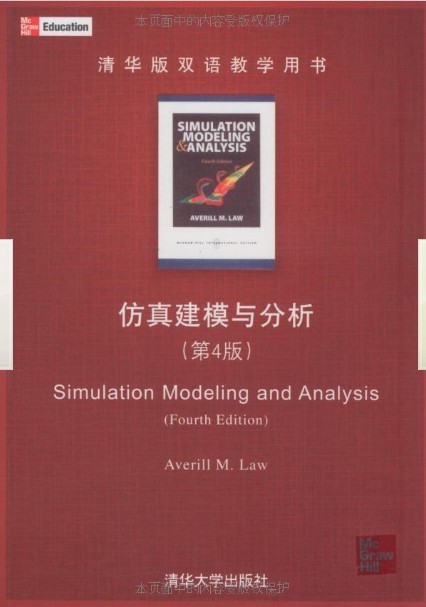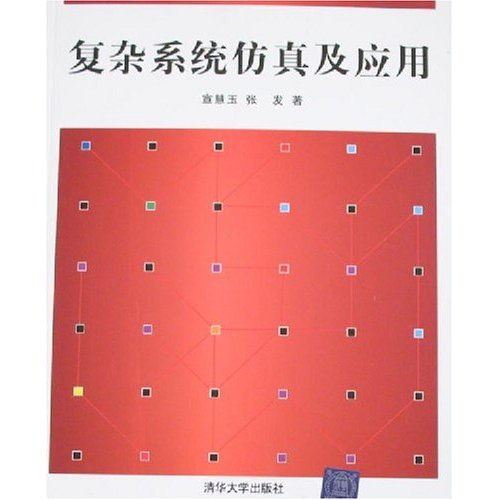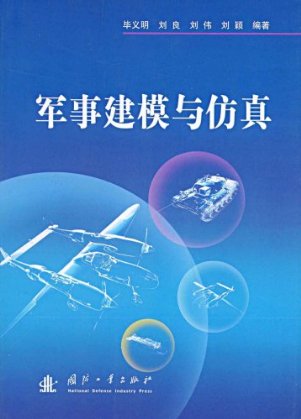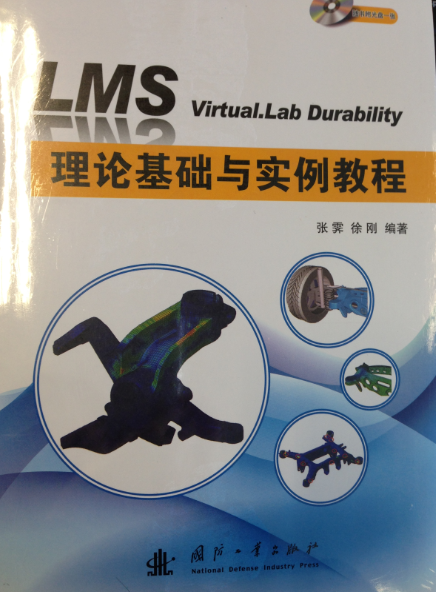商品介绍
内容简介
《仿真建模与分析(第4版)(清华版双语教学用书)》自1982年首次出版以来,在世界范围内得到广泛采用,被誉为仿真领域的“圣经”。最新版(第4版)
对离散事件系统仿真研究的所有重要方面给出了综合性的最新论述,包括建模。仿真软件、模型校验和确认。输入建模,随机数发生器。随机变量与随机过程的产
生。统计设计与仿真实验分析,以及像制造这一类主要工业领域的应用等。
生。统计设计与仿真实验分析,以及像制造这一类主要工业领域的应用等。
编辑推荐
《仿真建模与分析(第4版)(清华版双语教学用书)》是由清华大学出版社出版。
作者简介
作者:(美国)劳尔(Law.A.M.)
目录
Chapter 1 Basic Simulation Modeling
1.1 The Nature of Simulation
1.2 Systems, Models, and Simulation
1.3 Discrete-Event Simulation
1.3.1 Time-Advance Mechanisms
1.3.2 Components and Organization of a Discrete-Event Simulation Model
1.4 Simulation of a Single-Server Queueing System
1.4.1 Problem Statement
1.4.2 Intuitive Explanation
1.4.3 Program Organization and Logic
1.4.4 C Program
1.4.5 Simulation Output and Discussion
1.4.6 Alternative Stopping Rules
1.4.7 Determining the Events and Variables
1.5 Simulation of an Inventory System
1.5.1 Problem Statement
1.5.2 Program Organization and Logic
1.5.3 C Program
1.5.4 Simulation Output and Discussion
1.6 Steps in a Sound Simulation Study
1.7 Other Types of Simulation
1.7.1 Continuous Simulation
1.7.2 Combined Discrete-Continuous Simulation
1.7.3 Monte Carlo Simulation
1.8 Advantages, Disadvantages, and Pitfalls of Simulation
Appendix 1A: A Primer on Queueing Systems
1A.1 Components of a Queueing System
1A.2 Notation for Queueing Systems
1A.3 Measures of Performance for Queueing Systems
Problems
Chapter 2 Modeling Complex Systems
2.1 Introduction
2.2 List Processing in Simulation
2.2.1 Approaches to Storing Lists in a Computer
2.2.2 Linked Storage Allocation
2.3 A Simple Simulation Language: simlib
2.4 Single-Server Queueing Simulation with simlib
2.4.1 Problem Statement
2.4.2 simlib Program
2.4.3 Simulation Output and Discussion
2.5 Time-Shared Computer Model
2.5.1 Problem Statement
2.5.2 simlib Program
2.5.3 Simulation Output and Discussion
2.6 Multiteller Bank With Jockeying
2.6.1 Problem Statement
2.6.2 simlib Program
2.6.3 Simulation Output and Discussion
2.7 Job-Shop Model
2.7.1 Problem Statement
2.7.2 simlib Program
2.7.3 Simulation Output and Discussion
2.8 Efficient Event-List Manipulation
Appendix 2A: C Code for simlib
Problems
Chapter 3 Simulation Software
3.1 Introduction
3.2 Comparison of Simulation Packages with Programming Languages
3.3 Classification of Simulation Software
3.3.1 General-Purpose vs. Application-Oriented Simulation Packages
3.3.2 Modeling Approaches
3.3.3 Common Modeling Elements
3.4 Desirable Software Features
3.4.1 General Capabilities
3.4.2 Hardware and Software Requirements
3.4.3 Animation and Dynamic Graphics
3.4.4 Statistical Capabilities
3.4.5 Customer Support and Documentation
3.4.6 Output Reports and Graphics
3.5 General-Purpose Simulation Packages
3.5.1 Arena
3.5.2 Extend
3.5.3 Other General-Purpose Simulation Packages
3.6 Object-Oriented Simulation
Chapter 4 Review of Basic Probability and Statistics
4.1 Introduction
4.2 Random Variables and Their Properties
4.3 Simulation Output Data and Stochastic Processes
4.4 Estimation of Means, Variances, and Correlations
4.5 Confidence Intervals and Hypothesis Tests for the Mean
4.6 The Strong Law of Large Numbers
4.7 The Danger of Replacing a Probability Distribution by its Mean
Appendix 4A: Comments on Covariance-Stationary Processes
Problems
Chapter 5 Building Valid, Credible, and Appropriately Detailed Simulation Models
5.1 Introduction and Definitions
5.2 Guidelines for Determining the Level of Model Detail
5.3 Verification of Simulation Computer Programs
5.4 Techniques for Increasing Model Validity and Credibility
5.4.1 Collect High-Quality Information an Data on the System
5.4. Interact with the Manager on a Regular Basis
5.4.3 Maintain a Written Assumptions Document and Perform a Structured Walk-Through
5.4.4 Validate Components of the Model by Using Quantitative Techniques
5.4.5 Validate the Output from the Overall Simulation Model
5.4.6 Animation
5.5 Management's Role in the Simulation Process
5.6 Statistical Procedures for Comparing Real-World Observations and Simulation Output Data
5.6.1 Inspection Approach
5.6.2 Confidence-Interval Approach Based on Independent Data
……
Chapter 8 Generating Random Variates
Chapter 9 Output Data Anlaysis for a Single System
Chapter 10 Comparing Alternative System Configurations
Chapter 11 Variance-Reduction Techniques
Chapter 12 Experimental Design and Optimization
Chapter 13 Simulation of Manufacturing Systems
Appendix
References
1.1 The Nature of Simulation
1.2 Systems, Models, and Simulation
1.3 Discrete-Event Simulation
1.3.1 Time-Advance Mechanisms
1.3.2 Components and Organization of a Discrete-Event Simulation Model
1.4 Simulation of a Single-Server Queueing System
1.4.1 Problem Statement
1.4.2 Intuitive Explanation
1.4.3 Program Organization and Logic
1.4.4 C Program
1.4.5 Simulation Output and Discussion
1.4.6 Alternative Stopping Rules
1.4.7 Determining the Events and Variables
1.5 Simulation of an Inventory System
1.5.1 Problem Statement
1.5.2 Program Organization and Logic
1.5.3 C Program
1.5.4 Simulation Output and Discussion
1.6 Steps in a Sound Simulation Study
1.7 Other Types of Simulation
1.7.1 Continuous Simulation
1.7.2 Combined Discrete-Continuous Simulation
1.7.3 Monte Carlo Simulation
1.8 Advantages, Disadvantages, and Pitfalls of Simulation
Appendix 1A: A Primer on Queueing Systems
1A.1 Components of a Queueing System
1A.2 Notation for Queueing Systems
1A.3 Measures of Performance for Queueing Systems
Problems
Chapter 2 Modeling Complex Systems
2.1 Introduction
2.2 List Processing in Simulation
2.2.1 Approaches to Storing Lists in a Computer
2.2.2 Linked Storage Allocation
2.3 A Simple Simulation Language: simlib
2.4 Single-Server Queueing Simulation with simlib
2.4.1 Problem Statement
2.4.2 simlib Program
2.4.3 Simulation Output and Discussion
2.5 Time-Shared Computer Model
2.5.1 Problem Statement
2.5.2 simlib Program
2.5.3 Simulation Output and Discussion
2.6 Multiteller Bank With Jockeying
2.6.1 Problem Statement
2.6.2 simlib Program
2.6.3 Simulation Output and Discussion
2.7 Job-Shop Model
2.7.1 Problem Statement
2.7.2 simlib Program
2.7.3 Simulation Output and Discussion
2.8 Efficient Event-List Manipulation
Appendix 2A: C Code for simlib
Problems
Chapter 3 Simulation Software
3.1 Introduction
3.2 Comparison of Simulation Packages with Programming Languages
3.3 Classification of Simulation Software
3.3.1 General-Purpose vs. Application-Oriented Simulation Packages
3.3.2 Modeling Approaches
3.3.3 Common Modeling Elements
3.4 Desirable Software Features
3.4.1 General Capabilities
3.4.2 Hardware and Software Requirements
3.4.3 Animation and Dynamic Graphics
3.4.4 Statistical Capabilities
3.4.5 Customer Support and Documentation
3.4.6 Output Reports and Graphics
3.5 General-Purpose Simulation Packages
3.5.1 Arena
3.5.2 Extend
3.5.3 Other General-Purpose Simulation Packages
3.6 Object-Oriented Simulation
Chapter 4 Review of Basic Probability and Statistics
4.1 Introduction
4.2 Random Variables and Their Properties
4.3 Simulation Output Data and Stochastic Processes
4.4 Estimation of Means, Variances, and Correlations
4.5 Confidence Intervals and Hypothesis Tests for the Mean
4.6 The Strong Law of Large Numbers
4.7 The Danger of Replacing a Probability Distribution by its Mean
Appendix 4A: Comments on Covariance-Stationary Processes
Problems
Chapter 5 Building Valid, Credible, and Appropriately Detailed Simulation Models
5.1 Introduction and Definitions
5.2 Guidelines for Determining the Level of Model Detail
5.3 Verification of Simulation Computer Programs
5.4 Techniques for Increasing Model Validity and Credibility
5.4.1 Collect High-Quality Information an Data on the System
5.4. Interact with the Manager on a Regular Basis
5.4.3 Maintain a Written Assumptions Document and Perform a Structured Walk-Through
5.4.4 Validate Components of the Model by Using Quantitative Techniques
5.4.5 Validate the Output from the Overall Simulation Model
5.4.6 Animation
5.5 Management's Role in the Simulation Process
5.6 Statistical Procedures for Comparing Real-World Observations and Simulation Output Data
5.6.1 Inspection Approach
5.6.2 Confidence-Interval Approach Based on Independent Data
……
Chapter 8 Generating Random Variates
Chapter 9 Output Data Anlaysis for a Single System
Chapter 10 Comparing Alternative System Configurations
Chapter 11 Variance-Reduction Techniques
Chapter 12 Experimental Design and Optimization
Chapter 13 Simulation of Manufacturing Systems
Appendix
References
相关图书
商品评价
最新上架
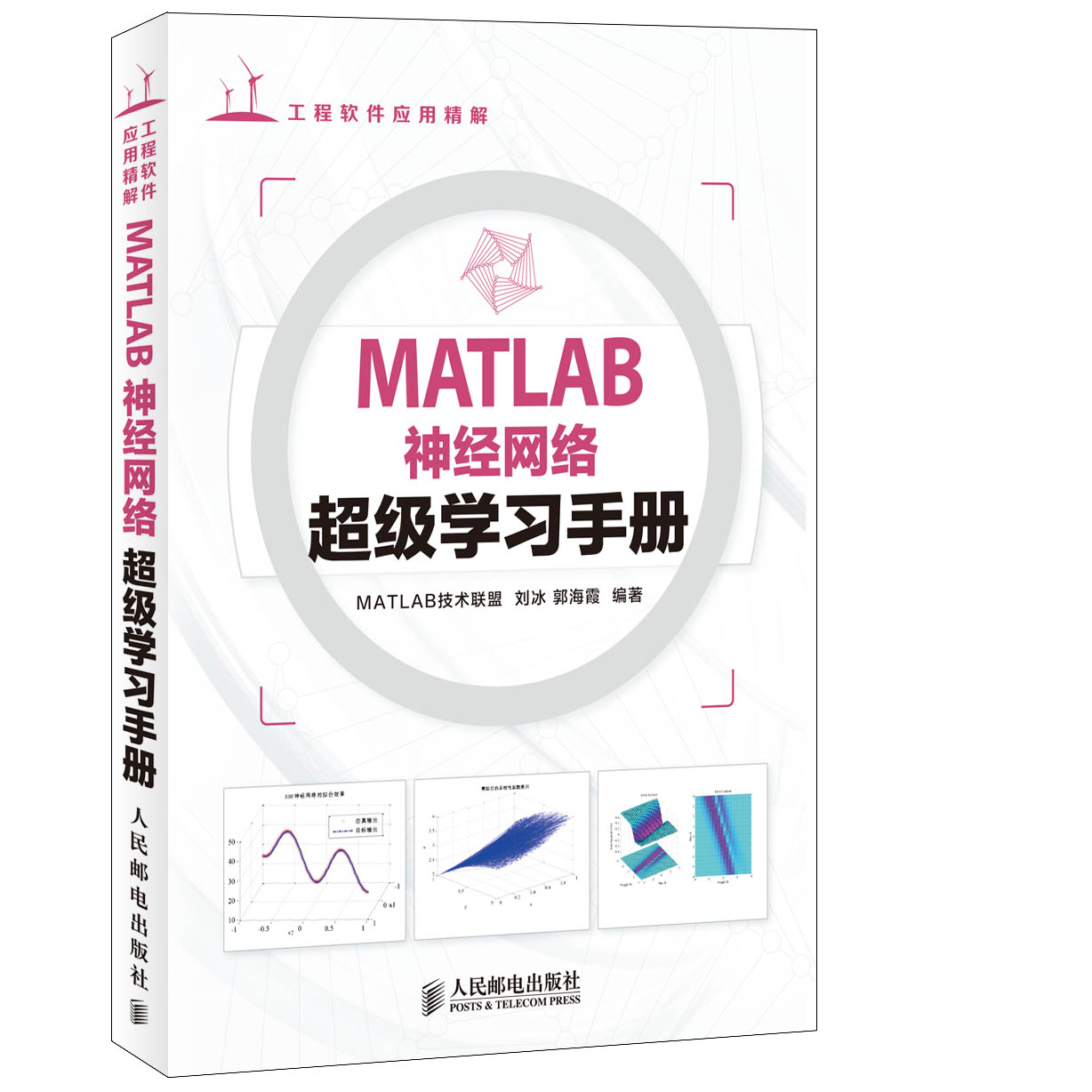
MATLAB神经网络超级学习手册 [平装]
优惠价:60.7元
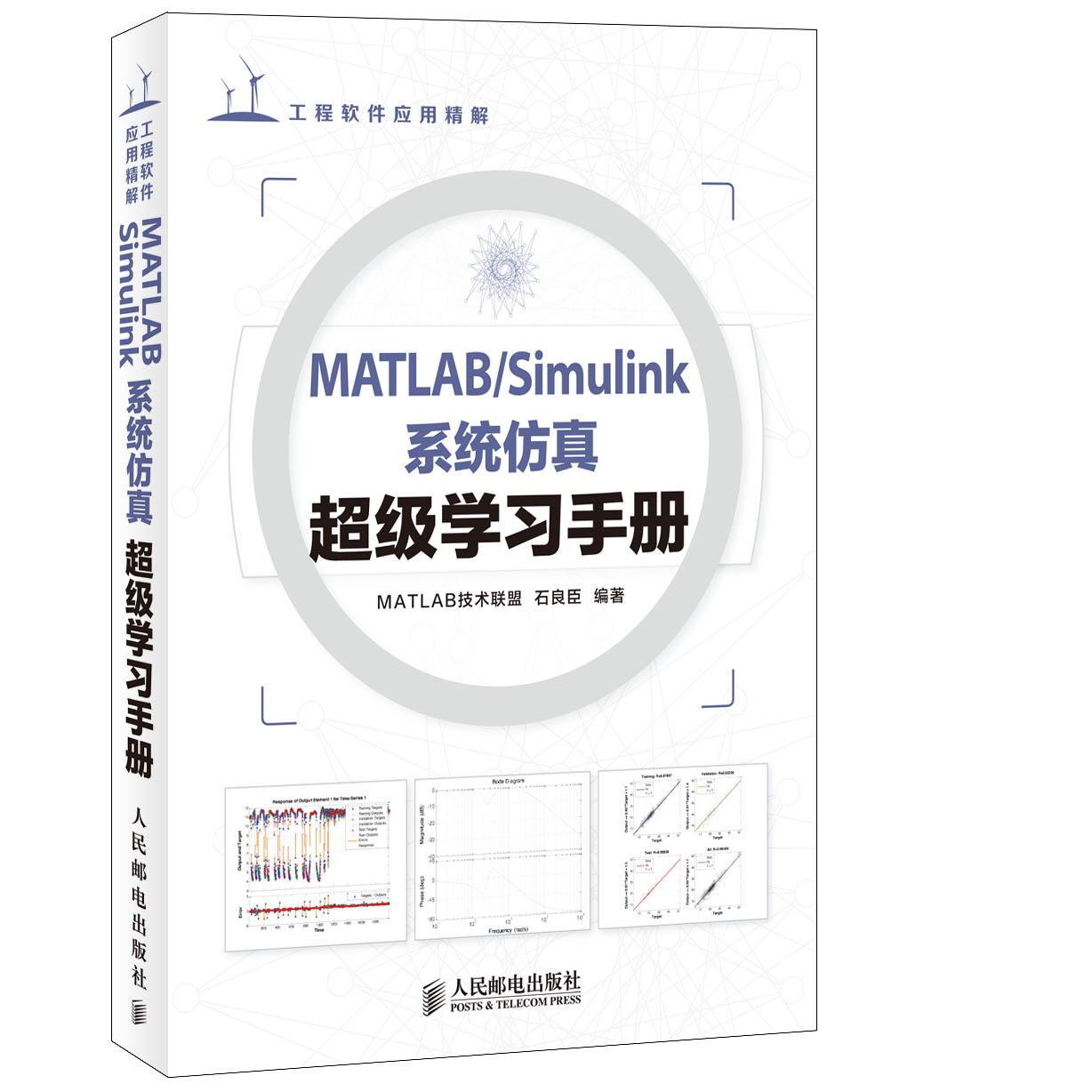
MATLAB/Simulink系统仿真超级学习手册 [平装]
优惠价:51.9元
推荐图书

MATLAB神经网络超级学习手册 [平装]
优惠价:60.7元
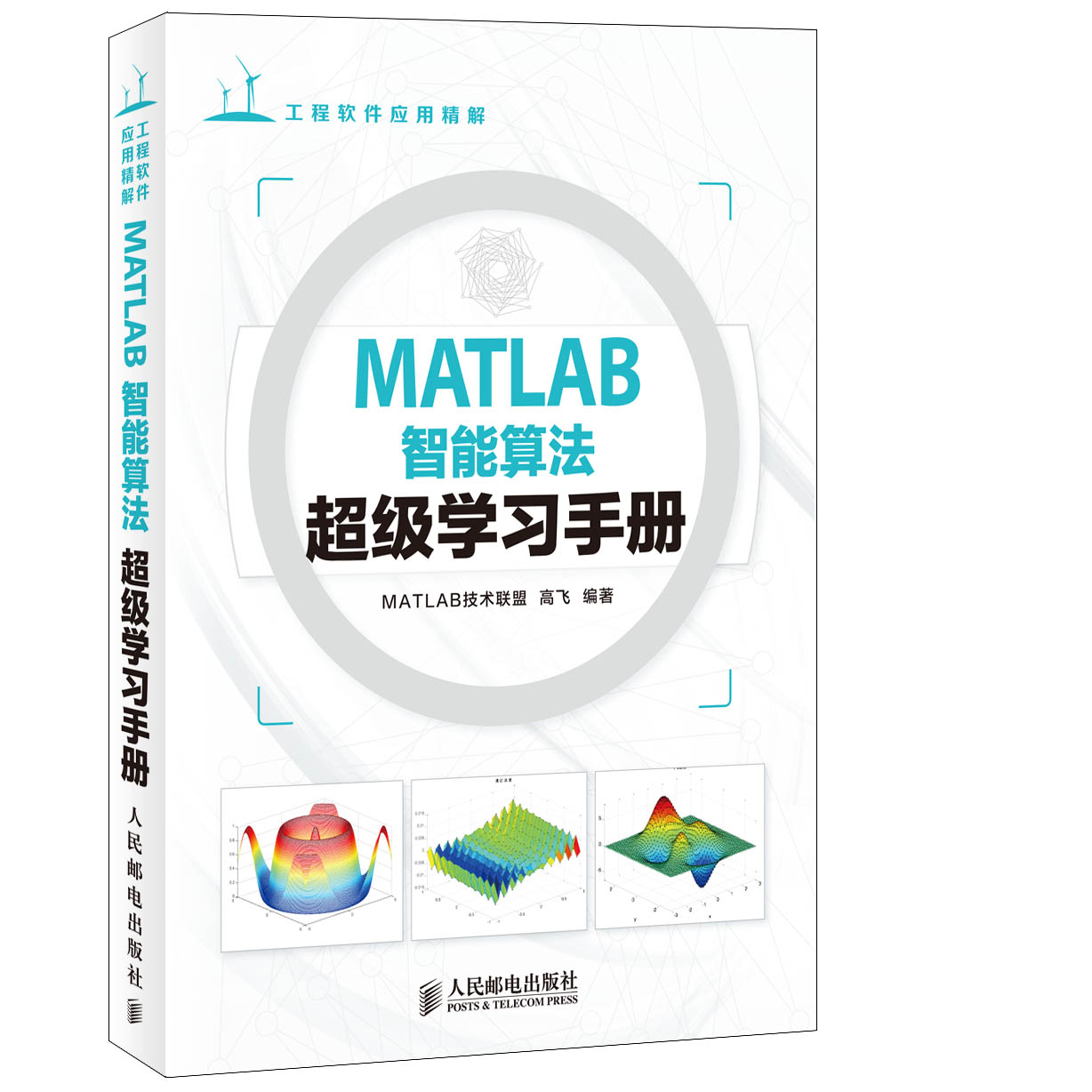
MATLAB智能算法超级学习手册 [平装]
优惠价:54.5元
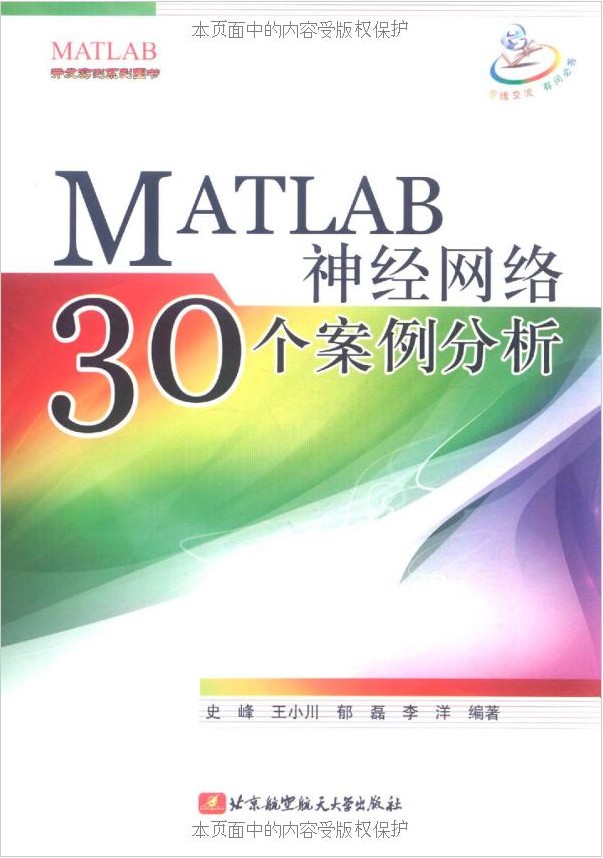
MATLAB神经网络30个案例分析
优惠价:28.2元
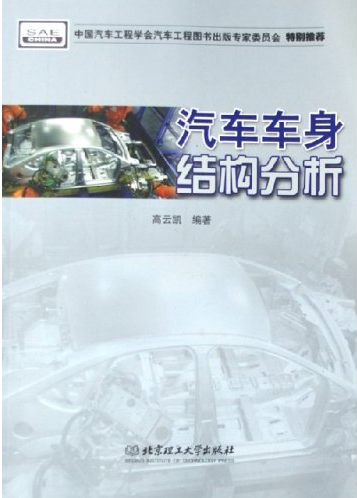
汽车车身结构分析 [平装]
优惠价:18.6元
热门期刊
您浏览过的图书
仿真建模与分析(第4版)(清华版双语教学用书)
优惠价:48.6元
复杂系统仿真及应用 [平装]
优惠价:18.5元
电力电子、电机控制系统的建模和仿真
优惠价:24.8元
MATLAB/Simulink建模与仿真实例精讲 [平装]
优惠价:34.5元
浏览过本图书的人还喜欢
MATLAB神经网络超级学习手册 [平装]
优惠价:60.7元
MATLAB/Simulink系统仿真超级学习手册 [平装]
优惠价:51.9元
MATLAB智能算法超级学习手册 [平装]
优惠价:54.5元

